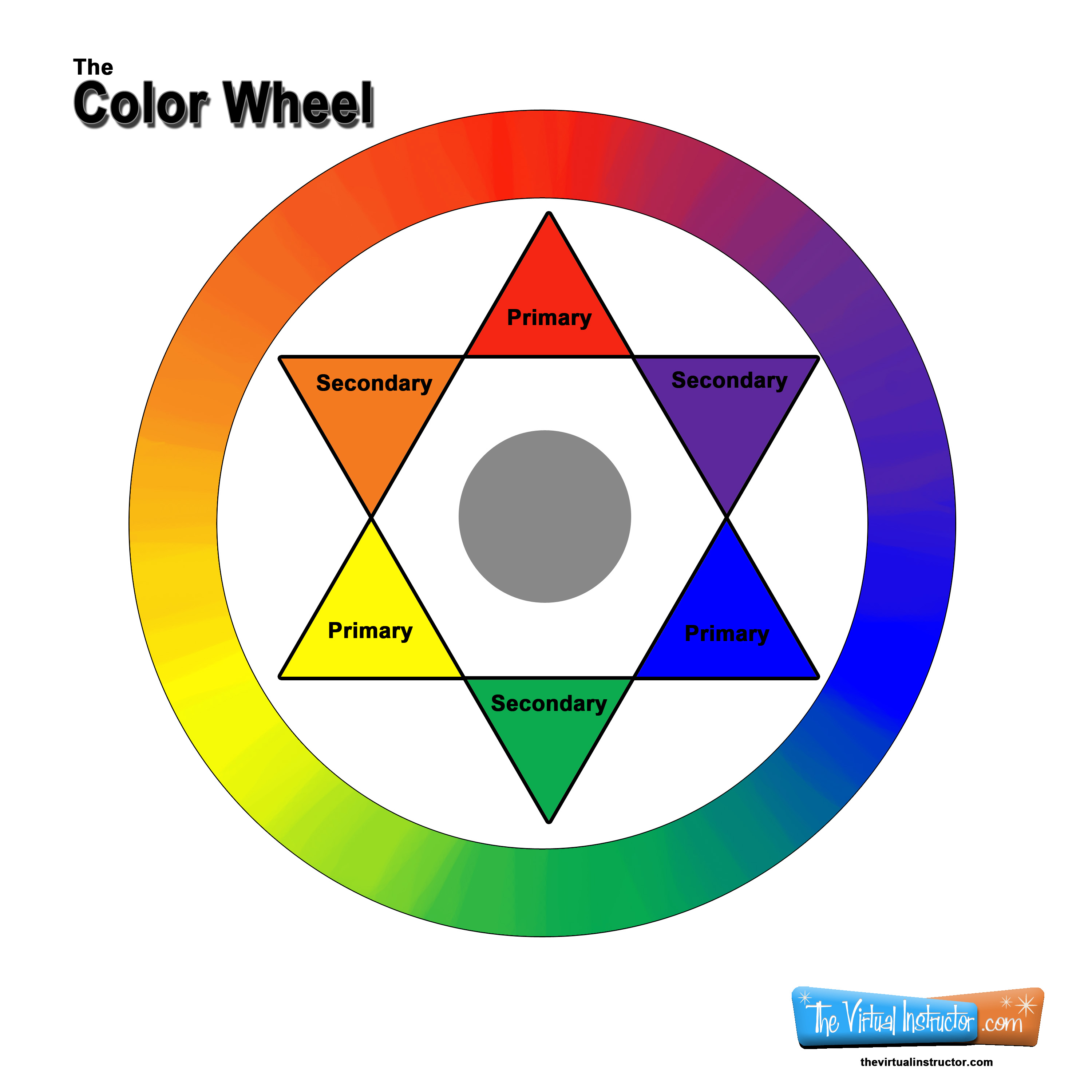

As teachers and artists, we break concepts into line, shape, and form along with value, tone, and hue. Plus, we perceive reality in three dimensions of length, height, and width. Of course, there are also warm, cool, and neutral colors. We have three primary colors and group colors into primary, secondary, and tertiary. We structure a lot of our understanding of art and reality around the concept of a triad. Most of us have had this experience and can agree without magenta, having a clean, vibrant violet is impossible. For me, mixing red with blue produced a browned-down version of violet. I realized this early in my painting career. What we were taught, and what many of us teach our students, is not completely accurate. While this theoretical structure is useful for the organization and manipulation of color, the simple fact is red, yellow, and blue do not make every other color. A primary plus a secondary makes a tertiary.

Two primary colors make a secondary color. Yet, we often teach color theory as if it were irrefutable: Red, yellow, and blue are the primary colors that make up all other colors.


 0 kommentar(er)
0 kommentar(er)
